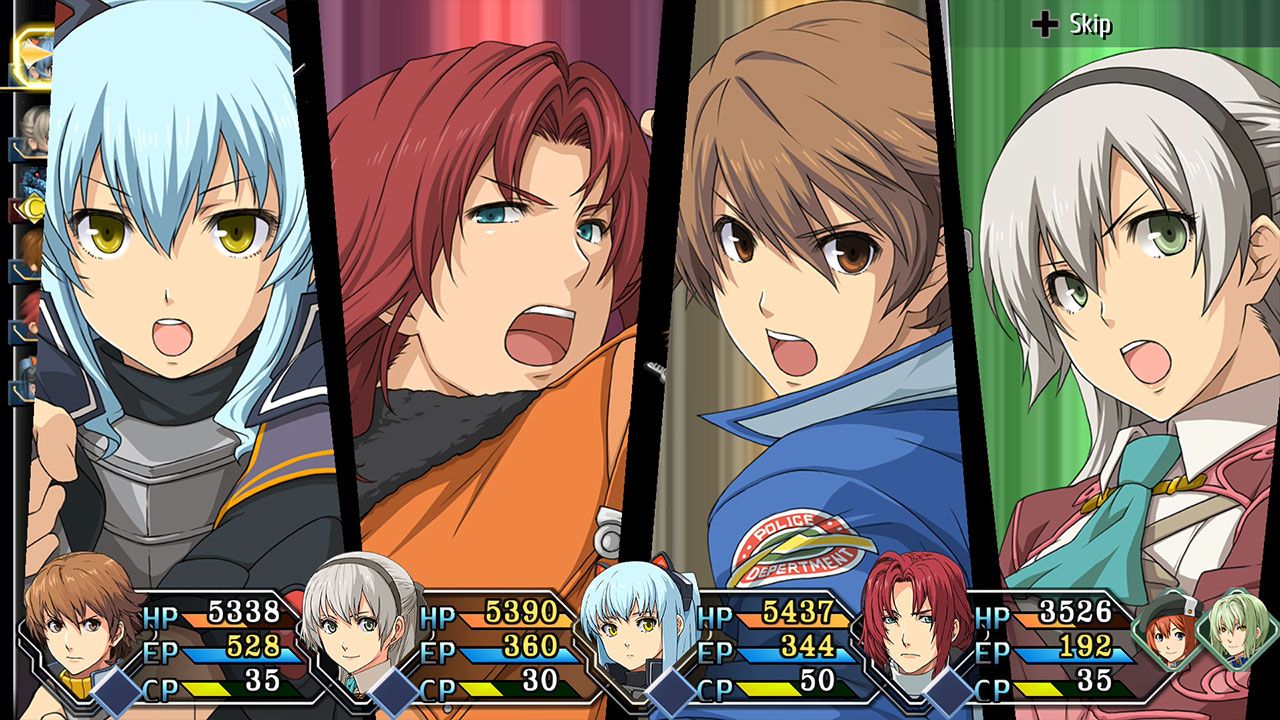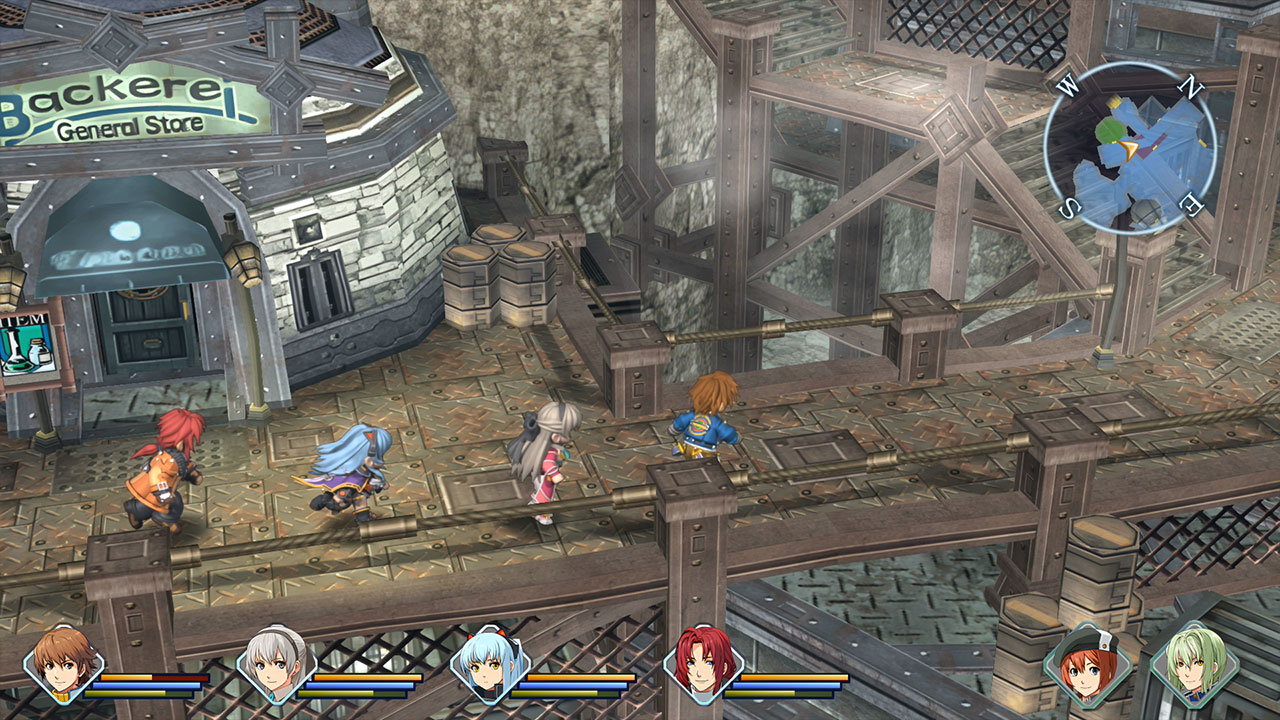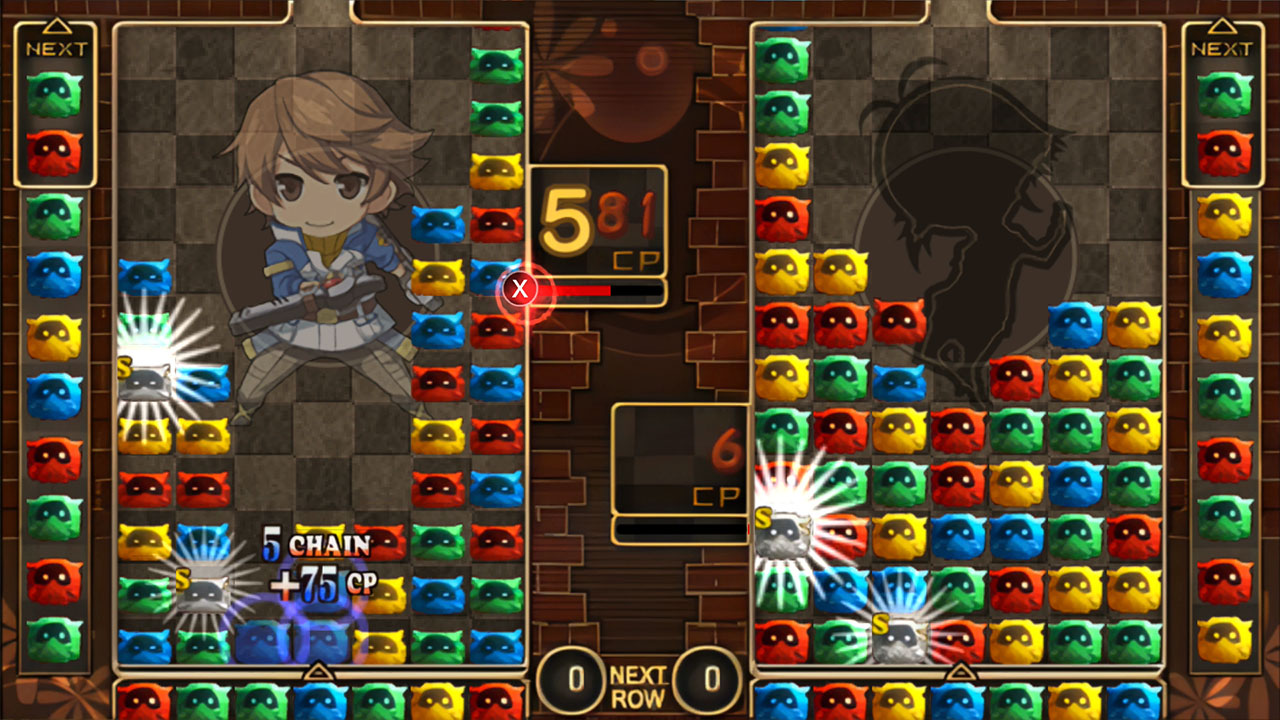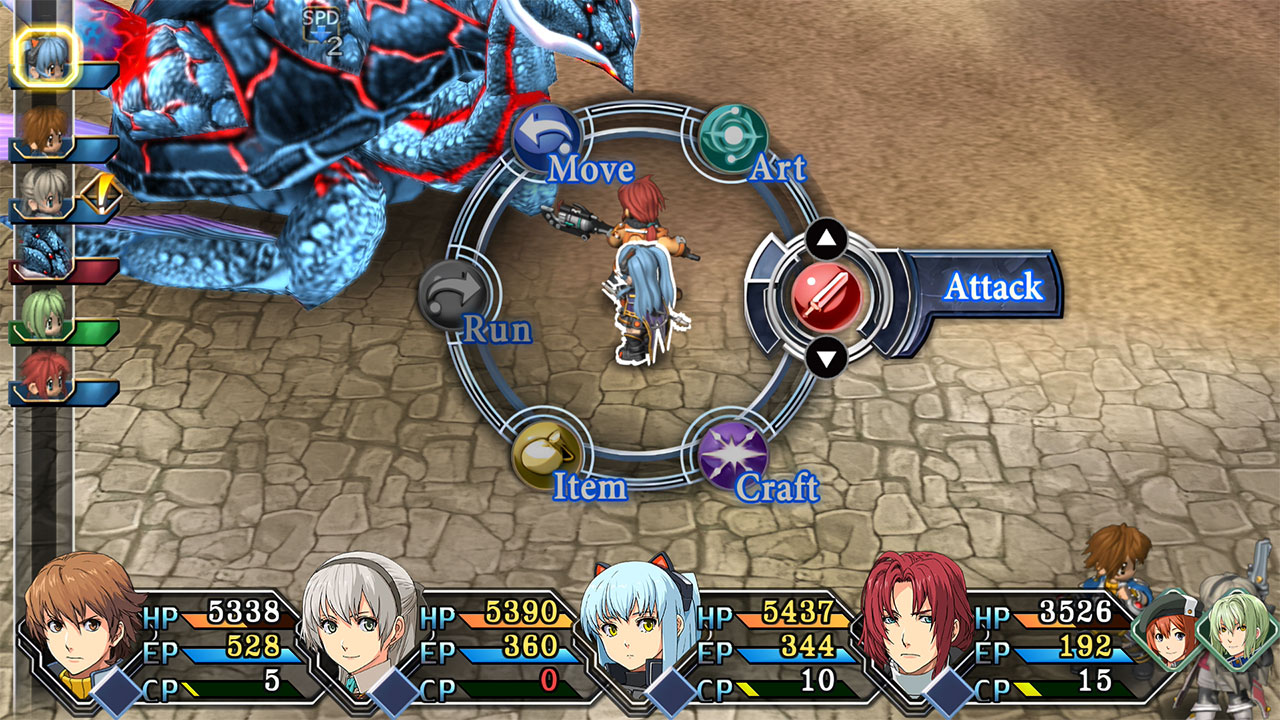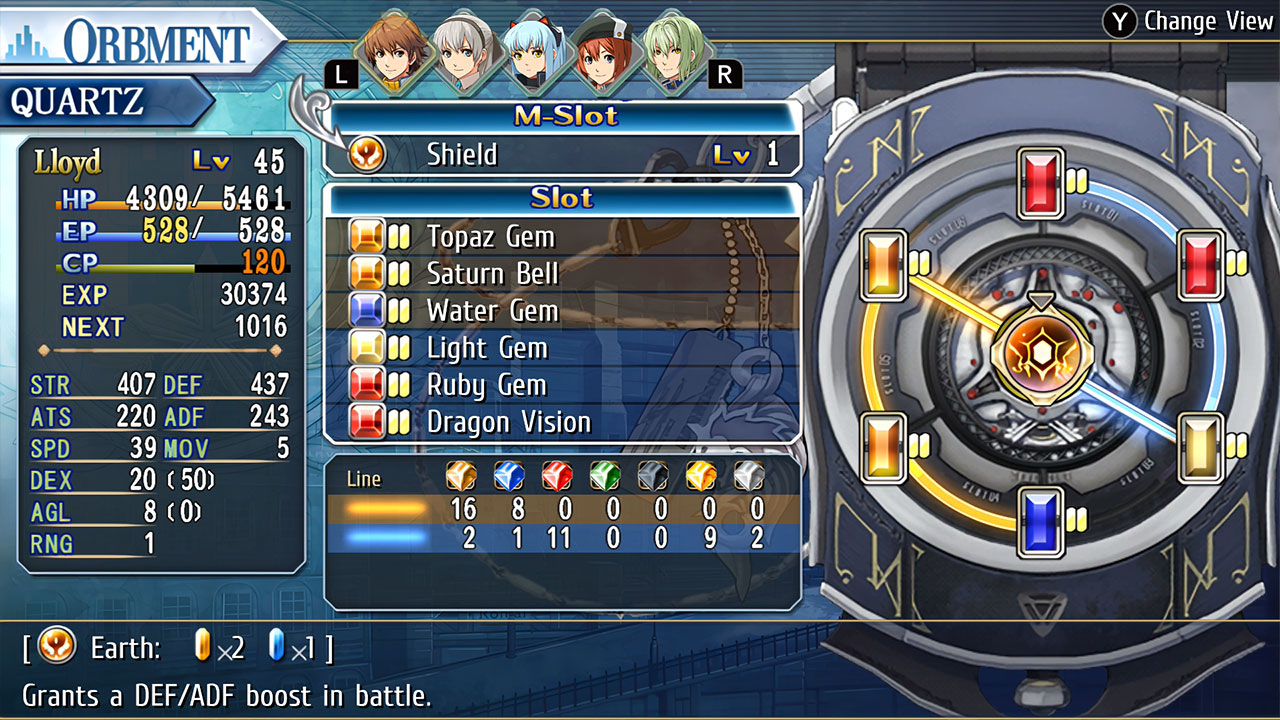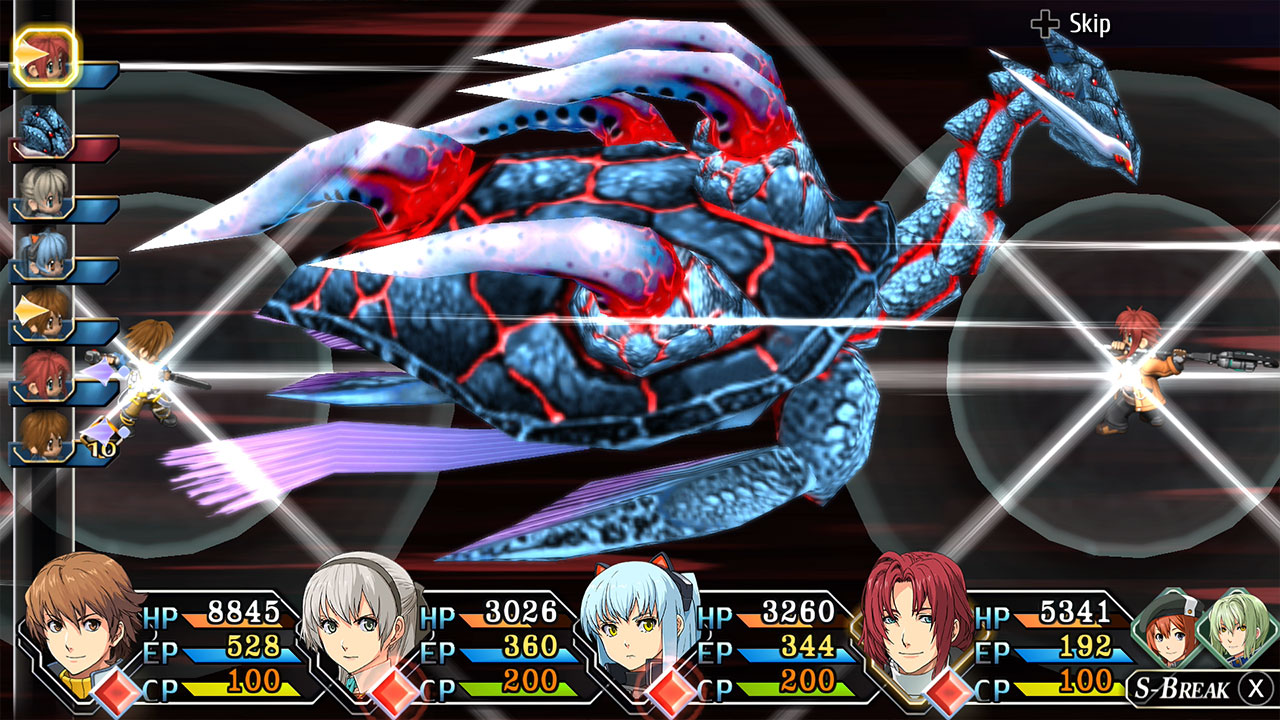"We can beat them, just for one day."
The Legend of Heroes has quietly become one of my favorite JRPG IPs. Like many Nintendo fans, I hadn’t played a single game in the series (there are around 20, depending upon whom you ask) until Trails of Cold Steel III hit the Switch in 2020. I’ve since played each of the Switch releases, and The Legend of Heroes: Trails to Azure is one of the best.
Originally released in 2011 for PSP, Trails to Azure is the direct sequel to The Legend of Heroes: Trails from Zero, which was updated for the Switch in 2022. If you skipped that, you may still recognize many of the characters from the Trails of Cold Steel games since they’re all set within the same timeline. It’s a massive universe of politics, friendships, heroics, and betrayals that’s pretty difficult to keep track of. Trails to Azure includes plenty of background information (both from the menu screen and various bookshelves scattered throughout the game) to bring you up to date.
As such, I’m not going to bog down this review with backstory; I don’t feel like writing another college thesis. You should definitely play Trails from Zero before starting Trails to Azure, but you’ll otherwise pick up most of what you need to know just by playing the game. Also, the story’s plot points never stray too far from the typical JRPG tropes. There’s a big bad coming, and it’s up to our rag-tag crew of upstarts (and countless friends…and sometimes enemies) to save the day.
This is handled across two main types of environments. First, you have numerous, massive towns to explore.
These areas are where you meet most of the game’s characters and get the narrative. The central location is Crossbell, where the Special Support Section (SSS) that you kind-of lead has its base. Here, you’ll accept numerous requests that either drive the story along or serve to just level you up and get you good stuff. Most tasks have to be done within an in-game day, so keeping track of what you accomplished is very important. Move too far ahead and you won’t be able to complete your missions, thereby losing out on their rewards.
The trouble with this is that some tasks require plenty of town exploration. You can quickly zip to the specific borough you want, but each is filled with a mixture of stores, offices and residences to check out. These often contain bonus items and hidden quests you can miss, so completionists will spend a lot of time revisiting locations and rechecking shelves to make sure nothing new has appeared. Thankfully, there are numerous walkthroughs available to guide you along.
Also slowing down the adventure are the need to play mini-games and gamble. I prefer my games not have games within them, and I like it less when obtainable items are essentially locked behind those games.
Maybe it’s the Methodist in me, maybe it’s just that roulette and card games bore me, but I’d rather be adventuring than sitting in a casino.
So, let’s adventure. Your party’s initial trip to a new town always happens by foot, and those linear but long paths give you plenty of opportunities to fight monsters, acquire the numerous items you need to level up, and wrap up a few of your assigned tasks (monster control is always a pressing need). Enemies can be seen on the screen, giving you the option to engage or avoid. If you attack them from behind you get a slight bonus when going into battle.
The turn-based combat system itself is complex, but we can boil it down to the usual elements. Turns are assigned based on speed, and each character can select to move, attack, use an item, or use an art.
Arts are great for targeting an enemy’s weakness, but they usually can’t be cast right away, giving the enemies a chance to get attacks in before you. The arts available for each character are determined by the player, so learning to optimize your party with the various items you’ve acquired and upgraded becomes the key to victory. You can balance your characters to make sure you’re somewhat covered no matter what you’re facing, or you can go heavy with a specific type of art (fire, earth, wind, etc.) if you know what you’ll be up against. I tended to stay balanced for general battles, and would only get precise with character and skill management after getting my butt handed to me in a boss fight…which happened more often than I care to admit. Combat is rarely unfair, but the game does make sure you continually manage your party.
Thankfully, Trails to Azure gives you plenty of special combat abilities to force your way through the tougher battles. Acquiring, optimizing, and equipping quartz materials gives you access to a wide array of abilities, buffs, and enemy debuffs. There are always new weapons and armor to find or purchase. Saving up to unleash powerful S-Craft attacks can make things a bit easier, as can the Combo Crafts between specific characters. Timing these attacks in the bigger battles can be tricky to pull off, but it’s a rewarding system. The bosses and mini-bosses can often take quite some time to defeat, providing a nice change of pace from the repetitive fights between towns.
Speaking of being between towns, Trails to Azure has something I’ve never seen before in a video game; the treasure chests are comedians. If you click on them again after retrieving their item(s), they’ll tell you a joke—some of which are actually pretty clever.
The best part of The Legend of Heroes: Trails to Azure, however, is the story. Specifically, the characters who drive the story. The complicated plot sometimes gives us too much to read, but that allows the numerous people you meet to have surprising depth. Many don’t see eye-to-eye despite having similar goals, and it’s intriguing to watch their relationships develop—for better or worse. There will certainly be some you like more than others, but I can’t imagine anyone will play this game without rallying behind Lloyd, Elie, Noel, Wazy, and (of course) KeA. Even the enemies are engaging…although some require you to accept a couple troubling character flaws.
I also quite like the way the game looks and sounds. The updated graphics are still a bit dated, but in a comforting kind of way. They’re quaint, but detailed, and they’re a fantastic match for the Switch in handheld mode. Some of the attack animations are underwhelming, but that’s to be expected on a game this old. The music fits the visuals perfectly, and is surprisingly diverse—changing tone based on the vibe of your current location.
All of this comes together to provide an experience that rivals those of JRPGs developed a decade later. The Legend of Heroes: Trails to Azure may look cute and simple, but make no mistake; this is a very complicated, very rewarding game that will take a lot of your gaming hours.
Just make sure you start from Zero before heading to Azure.
Review: The Legend of Heroes: Trails to Azure (Nintendo Switch)
Great
The Legend of Heroes: Trails to Azure is a great turn-based JRPG that holds up exceptionally well against its modern competitors. The story and combat system are equally deep, allowing the game’s bigger moments to carry players through a fair amount of combat repetition and prolonged narrative dumps.

